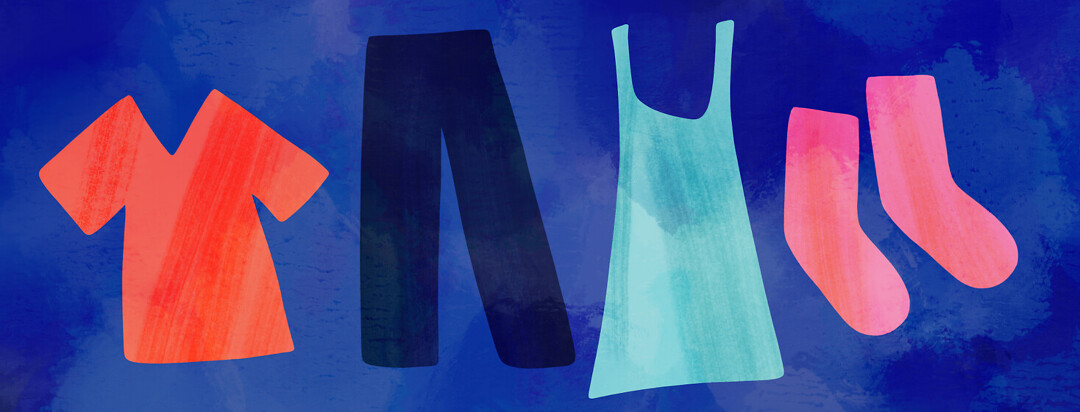Dressing Helpers for Rheumatoid Arthritis: 4 Ideas to Try
Have you ever found yourself staring at your sock wondering what to do next? If you’re like me, the next step usually involves a groan, followed by, “Why is this so hard? This is ridiculous!”
Why getting dressed is hard
Of course, I know the answer. But sometimes, it’s fun fooling myself into thinking this is a one-off and not an almost daily occurrence. The idea that something so simple as getting dressed being hard is a lesson in humbleness, that’s for sure.
But, since it’s also a reality that I live with, a little while back, I decided to stop with the groaning and start being practical. Thinking about my problem, I broke it down into lack of range-of-motion, lack of strength, and lack of fine motor ability in my hands.
Put them together and it becomes obvious why things like buttons, socks, or pants are hard to negotiate.
My 4 favorite dressing aids
That’s where dressing aids come to the rescue. Here are my four favorite things when it comes to help with getting dressed.
1. Sock-Aide
A sock aid is magical and, every time I use one, I wish I had invented them because of their simplistic perfection. If you think I’m exaggerating, try one for yourself!
There are different types: some are flexible and others are hard plastic. So depending on your socks and your hand strength, you may prefer one type over the other.
Sock-aids all have a half-cylinder on the bottom attached by two cords on each side. The idea is that you put the sock on the half-cylinder and, then, as I like to say, you go “fishing for your foot.” Once you have your foot in the top of the sock, you pull the cords, and, voila, your sock is on.
There are also compression sock-aids. Although these look a bit different, the idea is the same.
2. Zipper pull
A zipper pull is just what it sounds like. It attaches to your zipper to give you a better surface area that is easier to grip.
Some zipper pulls are textured, which is what I have. This is helpful if you have issues with loss of sensation as well as limited strength or finger mobility.
3. Dressing stick
This is another little genius because it’s basically a stick with two attachments, one on each end.
One end is used for pushing/pulling clothes on and off (getting socks off is one great use). The other end is a C-shaped hook for things like zippers and shoelaces. Each end is coated with vinyl so you won’t scratch yourself.
4. Reacher
If like me, you have clothes stored on higher shelves because you live in a place that lacks great storage, you can use a reacher to get clothes off of higher shelves.
Or, if you use a wheelchair, you can use your reacher to get clothes hanging in your closet. You can also use your reacher to pull pants/underwear up over your feet if your knees are really swollen or if it’s hard to bend down.
A reacher has an end that you grip to close while the other end grabs the items you want. It’s a handy tool to have around the house for reaching things in general, just not heavy things!
There are more dressing aids out there
There are more items out there, so don’t think this is a complete list.
For example, I didn’t put a button helper on there even though they exist and may be appropriate for you. For me, they don’t do much good because the button helper itself requires some hand maneuvering I can’t do. And I haven’t found something that is great for bras, but maybe you have an idea for me?!
Where to find these items
Medical supply stores often have these items and, if they don’t, they can order them for you to try out. And, of course, there is the online option.
I hope I gave you at least one idea today and maybe you have an idea you could share that I didn’t think about!

Join the conversation